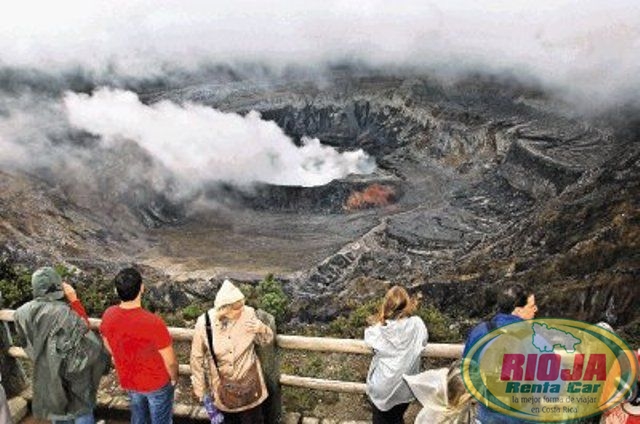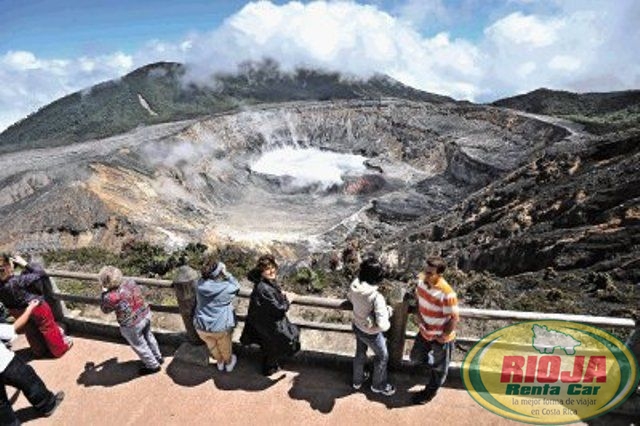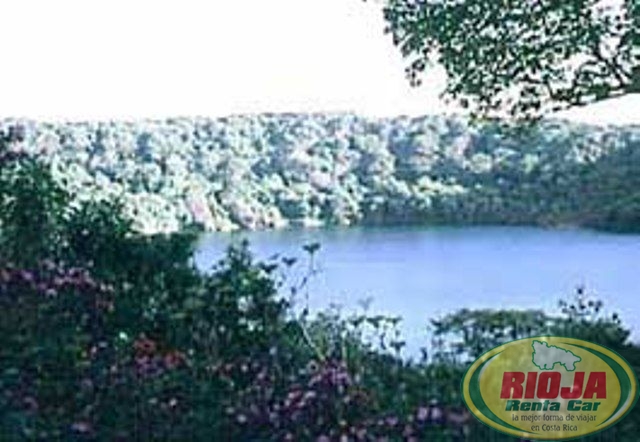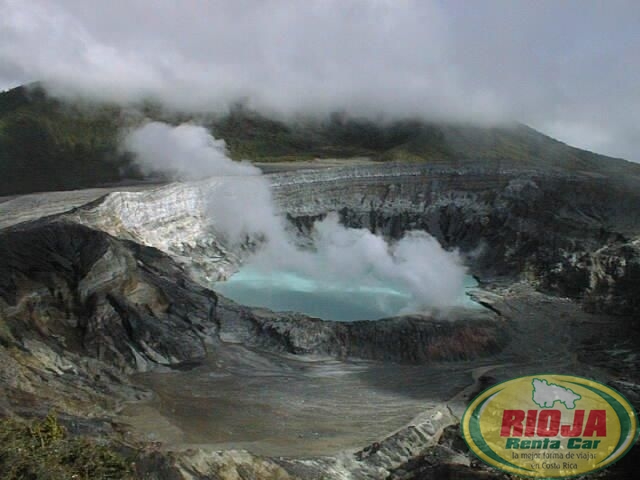



On the Central Volcanic Range, 37 km north of the city of Alajuela, 10 km from the community Poasito, of Canton Poas, Alajuela Province
Area: 6.506 hectares (15.614 acres)
Established: 24/9/70
It has an area of 6506 hectares.
IMPORTANCE
The Poas Volcano is one of the most spectacular volcanoes in the country and extraordinary beauty. It has several types of habitats such as stunted forest, areas without vegetation or sparse vegetation, the area of the myrtles and the cloud forest. In the latter type of forest, an abundance of epiphytic plants such as mosses, ferns, bromeliads and orchids grow on tree trunks.
The park is one of the most important attractions for tourism nationally and internationally. It is one of the areas of the system that receives more visitors. Contains considerable potential energy, the product of water and geothermal.
CURIOSITIES
The term Poás can be derived from the Latin name "spikes" due to the presence of spiny plants in the area, or the existence of a people called "spikes" near the mountain.
The eruptions of the Poas known since at least 1747, when the Spanish governor Juan moan reported on their activities. In its history of eruptions where Excel 1910, which consisted of a huge cloud of ash that rose to about 8000 meters. The last eruption, emitting large clouds of ash and incandescent rocks, accompanied by subterranean noises, occurred between 1952 and 1954.
The Poas Volcano is an active form of subcontracting, the top presents depressions bounded by faults, volcanic cones and craters that are the result of recent activity.
This volcano has three main structures, more recent, the main crater, the Poas, Laguna Botos cone and Von Frantzius.
ATTRACTIONS
The Poas is an attractive rich natural. Its main crater is a show and is considered one of the largest in the world.
You can also enjoy the Botos Lagoon, nature trails, as well as its variety of landscapes such as the cloud forest and elfin forest.
GEOLOGY
The Poas Volcano is a basaltic composite rises 2708 meters above sea level. Since 1989 has increased significantly the emission of gases causing acid rain events that have damaged the flora in some areas of the park adjacent to agricultural and plantation area.
At the top there are two craters: the main 1.5 km in diameter and 300 m deep in its substance a circular hot lake of about 350 meters in diameter, rich in sulfur and acid slag and a cone or dome structure that rises about 40 meters on the lagoon and having very active fumaroles. The second seat is in the crater lake Botos, cold and rainy much of home, which drains into the Caribbean by Angel River, a tributary of the Rio Sarapiqui.
Currently the volcano emits large amounts of gases and water vapor from different vents that are located in the inner cone of the crater.
In 1989 the crater lake was drying up gradually. Later investigators found a small lake of liquid sulfur around 2 meters in diameter. This is the first observation of liquid sulfur is in the earth’s surface. Sulfur is probably removilizados fumarole deposits. In Jupiter’s moon Io volcanoes are active sulfur.
FLORA AND FAUNA
In the cloud forest that is very moist and dense, most of the trees, like oak, cedrillo the orange bush, the papayillo cypress and white, reaching a height of 20 meters and are covered with mosses and epiphytes other plants. On the slopes of the Caribbean area, forests are high, very moist, rich in palms, ferns and epiphytes arborecentes. In other areas of the park, where the emission of the former primary eruptions destroyed the vegetation, growing species that have adapted such as the fern tongue, myrtles, orange blossom of the mountain, the papayillo the cipresillo and tucuico .
While the fauna in general is scarce, the birds are plentiful. Have identified 79 bird species, including escarchero, the quetzal, reinita the throat of fire, the kettle black, green and tucancillo several species of hummingbirds. Mammals are not abundant in the uplands of the park, although there are coyotes, weasels, rabbits, skunks Stenches and some cats. In addition, several species of bats.
SERVICES
Paved road, visitor center, overlooks, picnic areas and trails

 English
English






